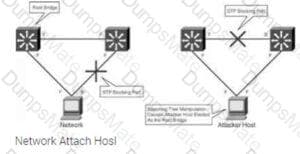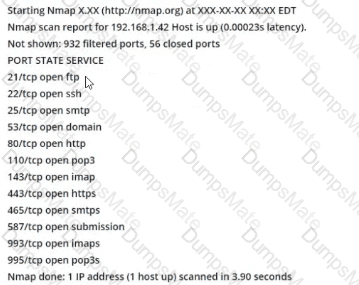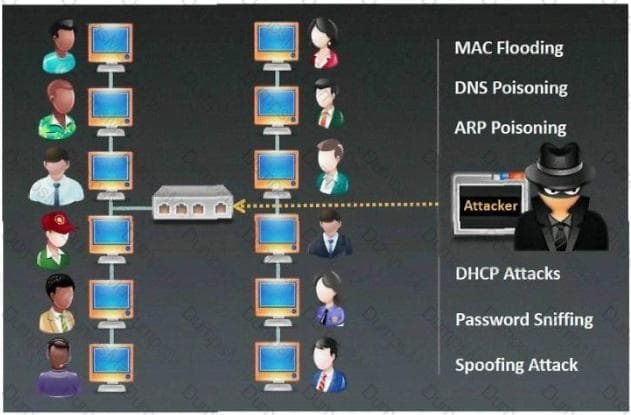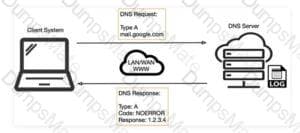Explanation: The purpose of this idea is to permit multiple customers to figure on joint projects and applications that belong to the community, where it’s necessary to possess a centralized clouds infrastructure. In other words, Community Cloud may be a distributed infrastructure that solves the precise problems with business sectors by integrating the services provided by differing types of clouds solutions.
The communities involved in these projects, like tenders, business organizations, and research companies, specialise in similar issues in their cloud interactions. Their shared interests may include concepts and policies associated with security and compliance considerations, and therefore the goals of the project also .
Community Cloud computing facilitates its users to spot and analyze their business demands better. Community Clouds could also be hosted during a data center, owned by one among the tenants, or by a third-party cloud services provider and may be either on-site or off-site.
Community Cloud Examples and Use CasesCloud providers have developed Community Cloud offerings, and a few organizations are already seeing the advantages . the subsequent list shows a number of the most scenarios of the Community Cloud model that’s beneficial to the participating organizations.
- Multiple governmental departments that perform transactions with each other can have their processing systems on shared infrastructure. This setup makes it cost-effective to the tenants, and may also reduce their data traffic.
Benefits of Community CloudsCommunity Cloud provides benefits to organizations within the community, individually also as collectively. Organizations don’t need to worry about the safety concerns linked with Public Cloud due to the closed user group.
This recent cloud computing model has great potential for businesses seeking cost-effective cloud services to collaborate on joint projects, because it comes with multiple advantages.
Openness and ImpartialityCommunity Clouds are open systems, and that they remove the dependency organizations wear cloud service providers. Organizations are able to do many benefits while avoiding the disadvantages of both public and personal clouds.
- Ensures compatibility among each of its users, allowing them to switch properties consistent with their individual use cases. They also enable companies to interact with their remote employees and support the utilization of various devices, be it a smartphone or a tablet. This makes this sort of cloud solution more flexible to users’ demands.
- Consists of a community of users and, as such, is scalable in several aspects like hardware resources, services, and manpower. It takes under consideration demand growth, and you simply need to increase the user-base.
Flexibility and ScalabilityHigh Availability and ReliabilityYour cloud service must be ready to make sure the availability of knowledge and applications in the least times. Community Clouds secure your data within the same way as the other cloud service, by replicating data and applications in multiple secure locations to guard them from unforeseen circumstances.
Cloud possesses redundant infrastructure to form sure data is out there whenever and wherever you would like it. High availability and reliability are critical concerns for any sort of cloud solution.
Security and ComplianceTwo significant concerns discussed when organizations believe cloud computing are data security and compliance with relevant regulatory authorities. Compromising each other’s data security isn’t profitable to anyone during a Community Cloud.
- the power to dam users from editing and downloading specific datasets.
- Making sensitive data subject to strict regulations on who has access to Sharing sensitive data unique to a specific organization would bring harm to all or any the members involved.
- What devices can store sensitive data.
Users can configure various levels of security for his or her data. Common use cases:Convenience and ControlConflicts associated with convenience and control don’t arise during a Community Cloud. Democracy may be a crucial factor the Community Cloud offers as all tenants share and own the infrastructure and make decisions collaboratively. This setup allows organizations to possess their data closer to them while avoiding the complexities of a personal Cloud.
Less Work for the IT DepartmentHaving data, applications, and systems within the cloud means you are doing not need to manage them entirely. This convenience eliminates the necessity for tenants to use extra human resources to manage the system. Even during a self-managed solution, the work is split among the participating organizations.
Environment SustainabilityIn the Community Cloud, organizations use one platform for all their needs, which dissuades them from investing in separate cloud facilities. This shift introduces a symbiotic relationship between broadening and shrinking the utilization of cloud among clients. With the reduction of organizations using different clouds, resources are used more efficiently, thus resulting in a smaller carbon footprint.



 switch
switch







